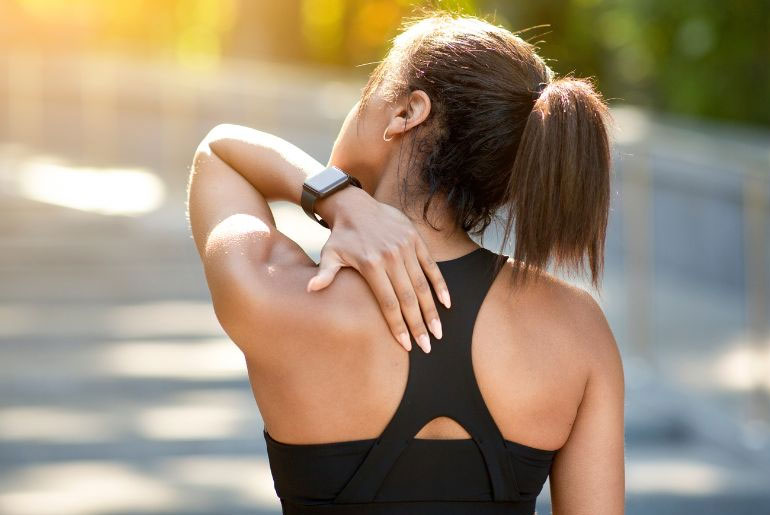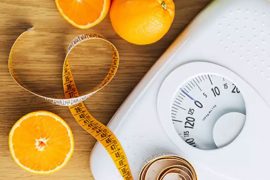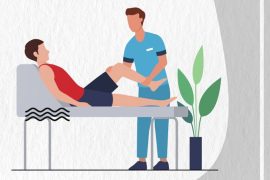Fitness experts often emphasize the significance of incorporating movement and mindfulness into one’s routine for a healthy and prolonged life. Amidst the diverse range of exercises and stretches available, certain movements are highlighted for their profound impact on relieving tired or sore muscles. Yoga practitioner recently demonstrated this for her followers on Instagram, suggesting that individuals can engage in stretches like malasana and side body stretches even while traveling. This insight encourages people to prioritize their well-being by integrating simple yet effective movements into their daily lives, promoting flexibility and Muscle-Recovery regardless of their location.
Malasana variation:
The Malasana variation, rooted in yoga, takes practitioners on a journey of muscle engagement and release. This deep squat involves a gentle stretch of the hip flexors and a challenging yet relieving experience for the adductors as one descends into the posture. The magic of Malasana lies in its capacity to target often-neglected muscles around the hips. In today’s sedentary lifestyle, these muscles bear the consequences of prolonged sitting, leading to tightness and discomfort. The deep squat not only offers relief but also fosters a natural range of motion in the hip joints. Additionally, the lower back comes to life, providing support in this grounded stance and promoting spinal alignment. A variation of Malasana may involve extending the arms forward, creating a dynamic interplay between strength and flexibility, making it a versatile and beneficial posture for overall well-being.
Side body stretch:
The side body stretch, whether executed in a standing or seated position, proves to be a versatile practice that lengthens the muscles along the torso, offering a range of benefits. This stretch specifically targets Muscle-Recovery like the latissimus dorsi and obliques, which are often overlooked in regular movement patterns. The integration of breath with movement takes a central role in the side body stretch, leading to an expansion of the ribcage that not only enhances breathing capacity but also establishes a meditative rhythm. The mild inversion, where the hips rise and the chest descends toward the mat, serves as a gateway to release tension in the shoulders, chest, and upper back.
Simultaneously, extending the arms forward during the stretch creates a graceful line of elongation. The therapeutic aspects of the side body stretch extend beyond the physical realm, offering mental benefits. This includes the Puppy Pose, where the shoulders, burdened by stress and poor posture, find relief as the muscles gently stretch. The softness of the pose aids in dissipating upper back tension, common in modern living. More than just a physical stretch, the Puppy Pose serves as a subtle journey into mindfulness. The mild inversion prompts a shift in perspective, adding a holistic dimension to the practice.
Cat-cow sequence:
The cat-cow sequence involves two yoga poses, where the spine arches upward in the cat pose and dips down with the chest lifted in the cow pose, creating a dynamic movement that stimulates the entire spine. The benefits of the cat-cow sequence extend along the entire length of the spine, engaging the muscles that support it and strengthening the erector spinae, thus promoting a robust support system for the vertebral column. This dynamic sequence is more than just a stretch; it serves as an invitation to engage in a conversation with the spine.
Besides providing Muscle-Recovery, the cat-cow stretches promote increased blood flow, enhance flexibility, induce relaxation, and contribute to improved joint mobility. However, it is emphasized that it’s crucial to listen to the body and consult healthcare professionals if there are underlying conditions. This underlines the importance of practicing these stretches mindfully and considering individual health needs.
Disclaimer:
The information contained in this article is for educational and informational purposes only and is not intended as a health advice. We would ask you to consult a qualified professional or medical expert to gain additional knowledge before you choose to consume any product or perform any exercise.







